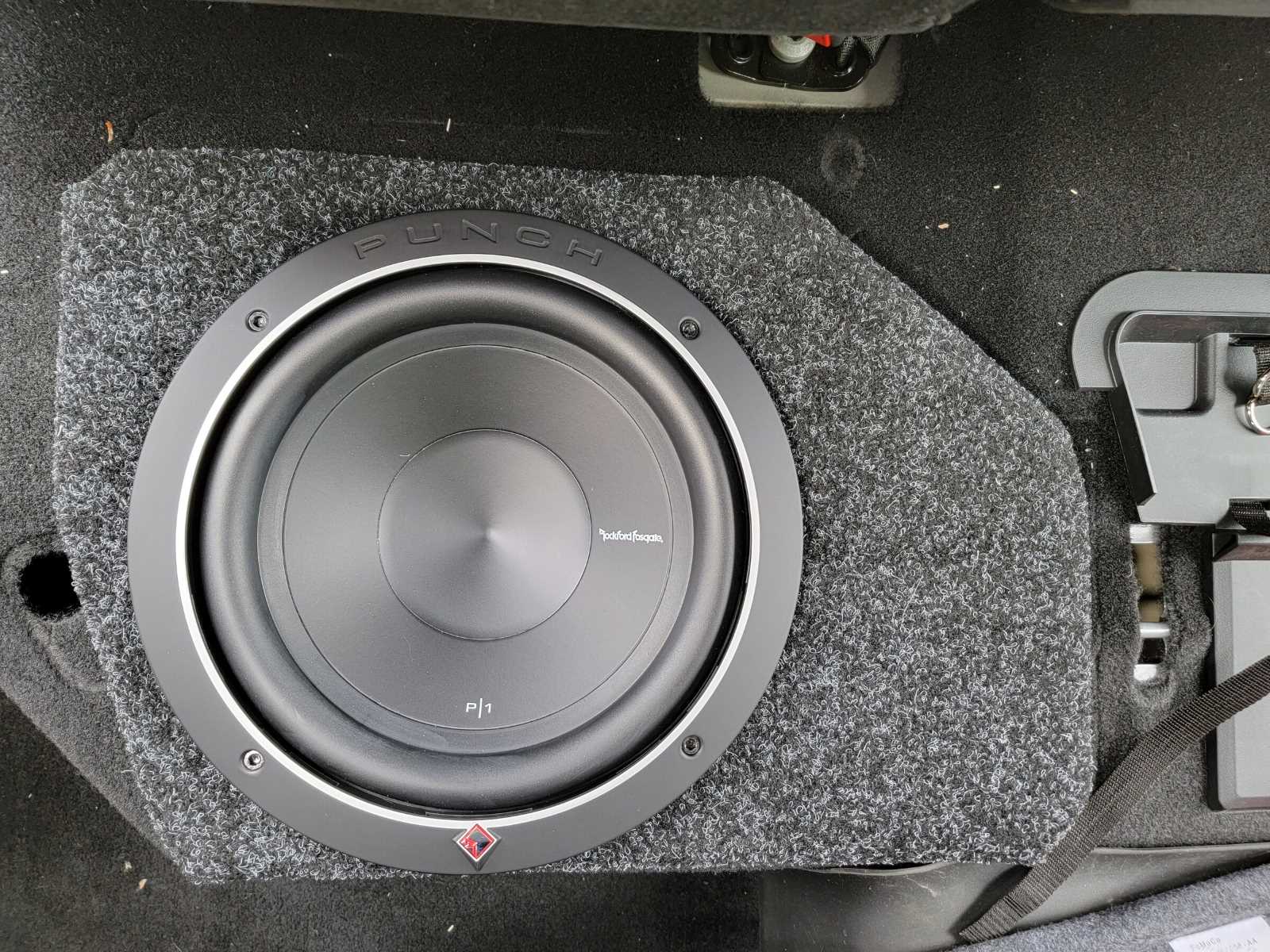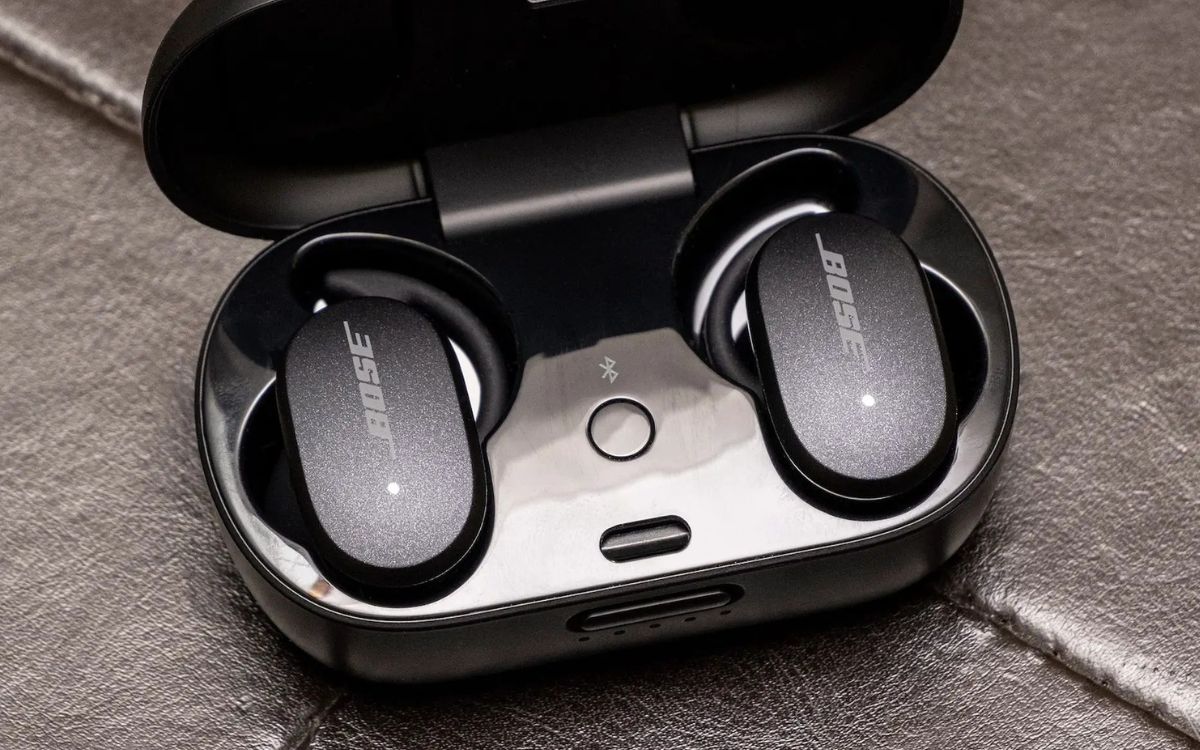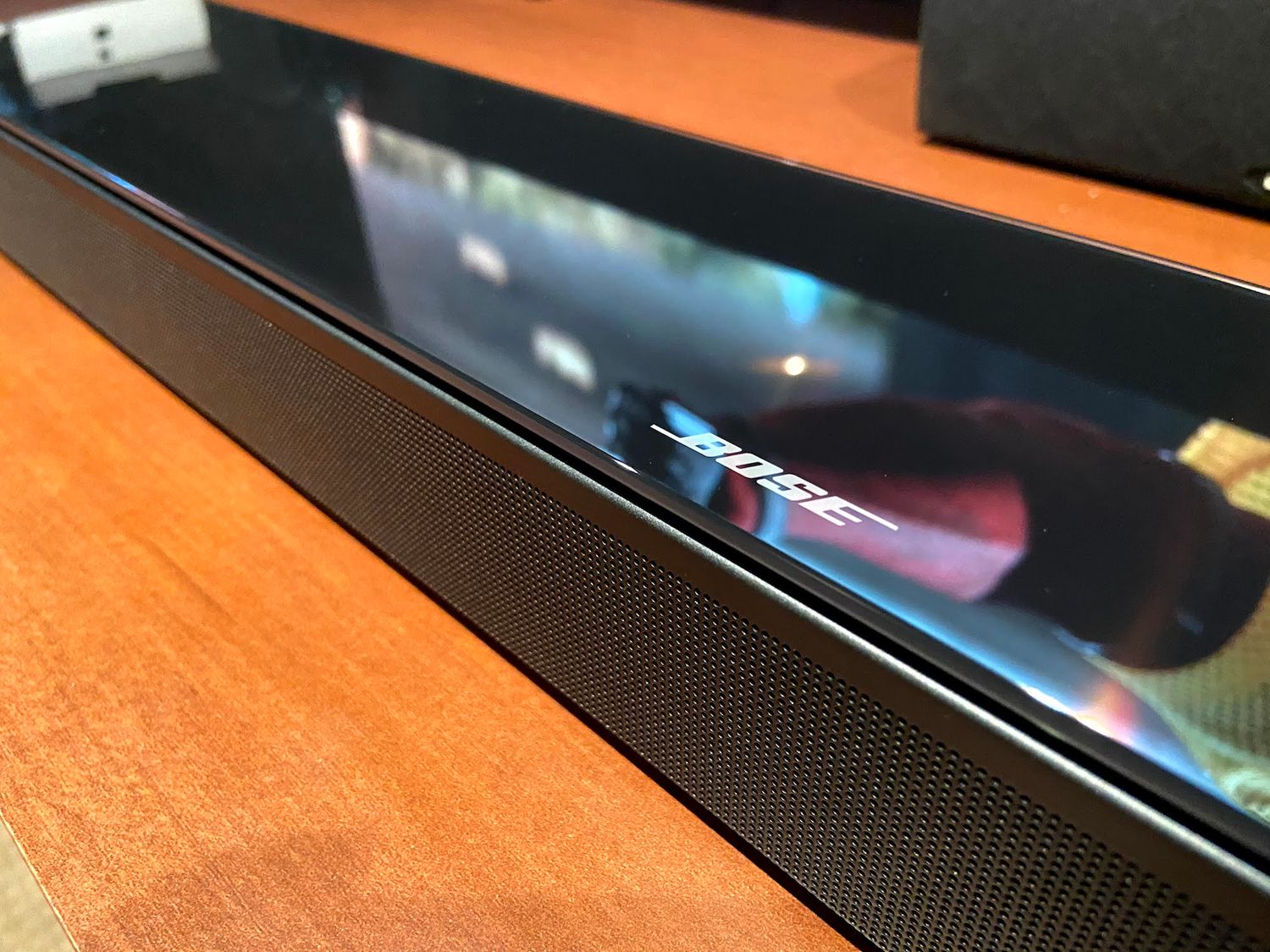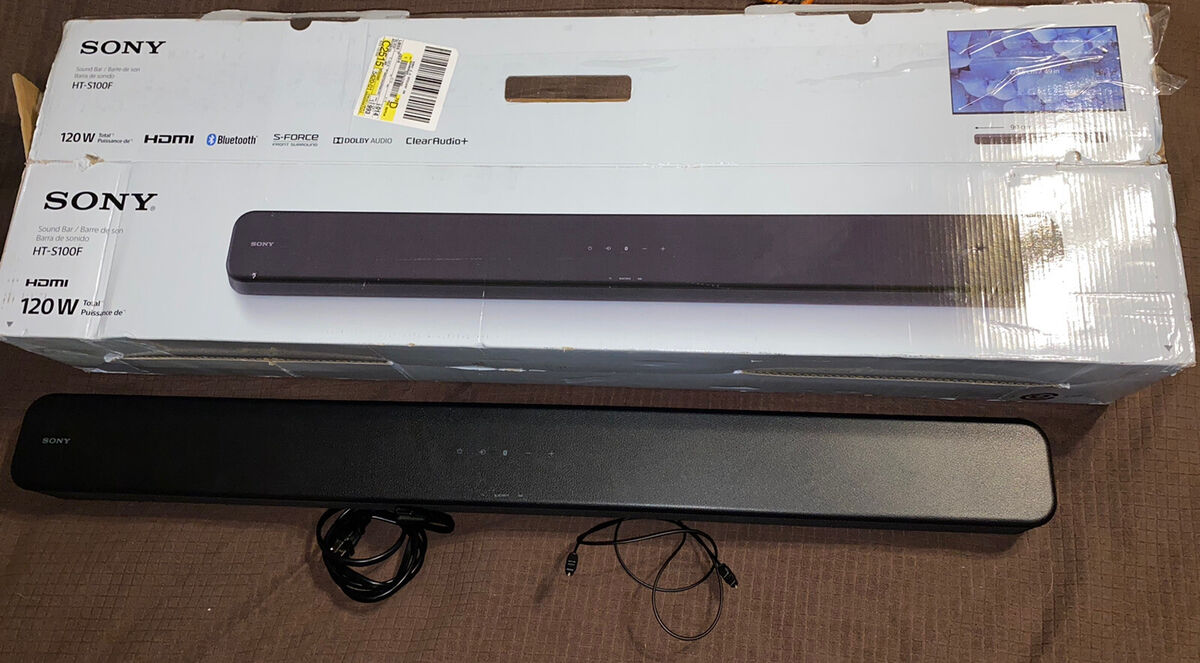Home>Devices & Equipment>Subwoofer>Why Is My Subwoofer Not Working
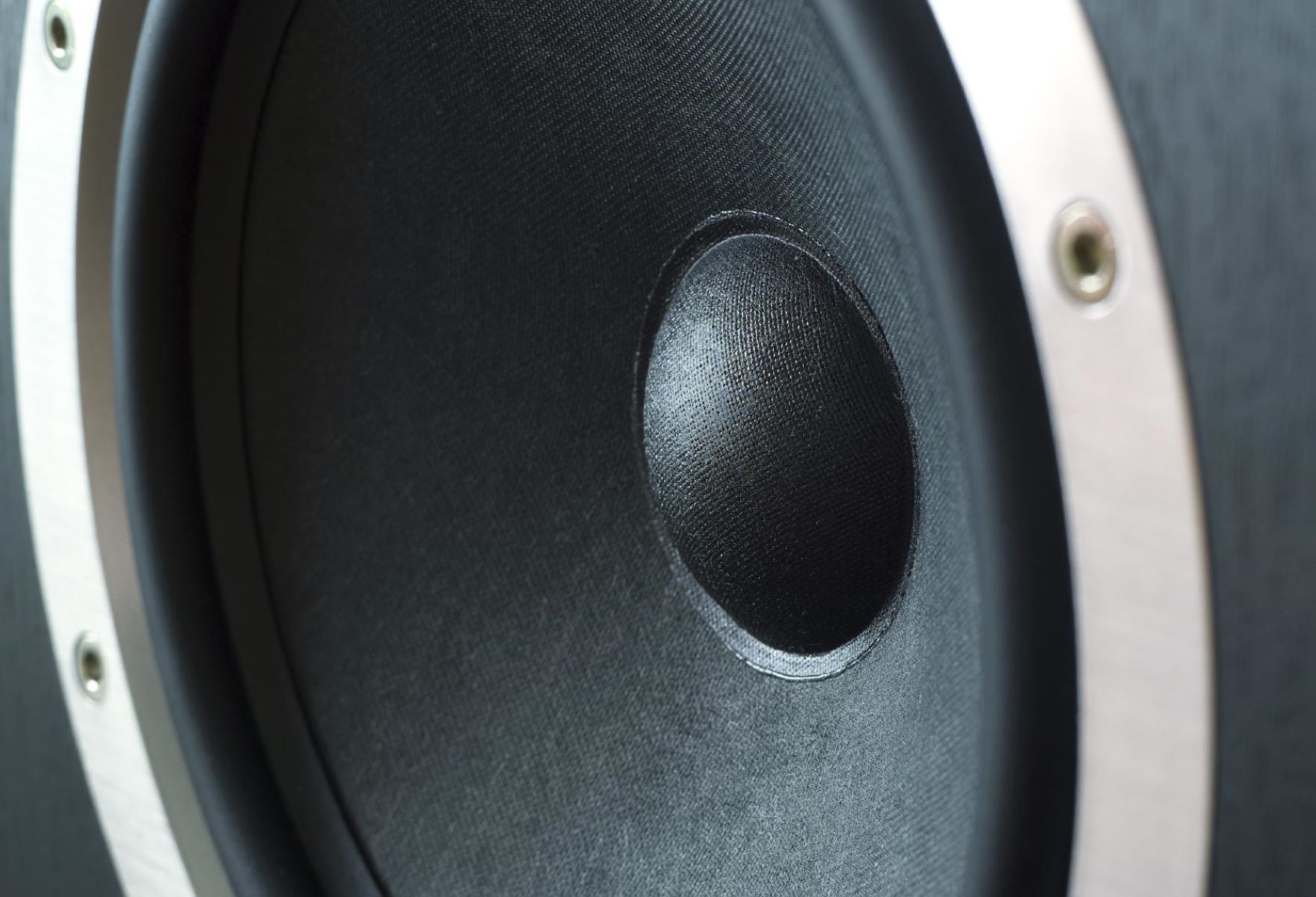

Subwoofer
Why Is My Subwoofer Not Working
Modified: January 22, 2024
Experiencing issues with your subwoofer? Discover possible causes and troubleshooting tips to get it working again.
(Many of the links in this article redirect to a specific reviewed product. Your purchase of these products through affiliate links helps to generate commission for AudioLover.com, at no extra cost. Learn more)
Table of Contents
Introduction
A subwoofer is a crucial component of any audio system that is designed to produce low-frequency sounds or bass. Subwoofers are widely used in home theaters, car audio systems, and professional audio setups to enhance the overall audio experience and add depth to the sound. However, like any electronic device, subwoofers can sometimes encounter issues that prevent them from functioning properly.
In this article, we will explore some common problems that can arise with subwoofers and provide troubleshooting tips to help you get your subwoofer back up and running. Whether you’re dealing with a subwoofer that is not producing any sound, experiencing distortion, or encountering connectivity issues, we’ve got you covered.
Before we dive into the troubleshooting steps, it’s important to note that subwoofers can be complex devices, and some issues might require professional assistance. If you are unsure or uncomfortable with performing any troubleshooting steps, it’s best to seek help from a qualified technician.
With that said, let’s go ahead and explore some common subwoofer issues and the steps you can take to rectify them.
Common Subwoofer Issues
Subwoofers, like any electronic device, can encounter a range of problems. Here are some of the most common issues that subwoofer owners may face:
- No Sound: One of the most frustrating problems is when your subwoofer isn’t producing any sound. This could be due to a variety of reasons, such as incorrect settings, faulty connections, or a blown speaker.
- Distorted Sound: If your subwoofer is producing distorted or muffled sound, it could indicate issues with the amplifier, faulty wiring, or even a damaged speaker cone.
- Intermittent Sound: Sometimes, the subwoofer may produce sound intermittently. This could be caused by loose cables, a faulty power source, or a problem with the amplifier.
- Connectivity Issues: Subwoofers may experience connectivity problems, such as not establishing a connection with the audio source or experiencing frequent drops in connection.
- Power Issues: If your subwoofer is not turning on or experiencing power fluctuations, it could be due to a faulty power source, blown fuse, or internal component issues.
These are just a few examples of the issues that can arise with subwoofers. Now, let’s move on to the troubleshooting steps you can take to resolve these problems.
Check the Power Source
One of the first steps in troubleshooting a subwoofer is to check the power source. Here are a few things you can do:
- Ensure that the power cord is properly plugged into both the subwoofer and the wall outlet. Sometimes, the cord may come loose, resulting in no power to the subwoofer.
- Verify that the power outlet is functioning properly by plugging in another electronic device. If the device powers on, then the issue likely lies with the subwoofer itself.
- Check if the fuse in the subwoofer’s power supply is blown. If it is, replace it with a new fuse of the same rating. Blown fuses can occur due to power surges or internal faults within the subwoofer.
- Inspect the power switch on the subwoofer. Make sure it is in the correct position and not stuck or damaged.
By checking the power source and ensuring that all connections are secure, you can eliminate potential power-related issues that may be preventing your subwoofer from functioning correctly.
If after performing these checks, the subwoofer still does not power on, it’s advisable to contact a professional technician for further assistance, as the issue may be related to internal components or circuitry.
Examine the Connections
Another common issue that can affect the performance of a subwoofer is faulty or improper connections. Here are some steps to examine the connections:
- Check the audio cables: Ensure that the cables connecting the subwoofer to the audio source are securely plugged in. Loose or damaged cables can result in no sound or poor sound quality.
- Inspect the subwoofer’s input/output ports: Make sure there are no bent pins or debris in the ports that may be hindering proper connectivity.
- Verify the correct configuration: If you have multiple audio devices connected to your system, ensure that the subwoofer is connected to the correct audio output source.
- Consider using high-quality cables: Low-quality or damaged cables can negatively impact the signal transmission, leading to subpar audio performance. High-quality, shielded cables are recommended for the best audio experience.
- Check the receiver or amplifier settings: Ensure that the audio output settings on your receiver or amplifier are configured correctly to send signals to the subwoofer. Adjust the crossover frequency and volume levels as necessary.
By examining and ensuring the proper connections between the subwoofer, audio source, and other components in the audio setup, you can eliminate connection-related issues and improve the overall performance of your subwoofer.
If you’ve gone through these steps and the subwoofer still isn’t functioning correctly, it may be necessary to further investigate other potential sources of the problem or consult a professional technician for assistance.
Adjust the Volume and Settings
Sometimes, the issue with a subwoofer lies in the volume and settings. Here are a few steps to adjust the volume and settings:
- Check the volume level: Ensure that the volume on both the subwoofer and the audio source is turned up. It may seem obvious, but sometimes the volume is set too low, resulting in a barely audible or non-existent bass sound.
- Adjust the crossover frequency: The crossover frequency determines the point at which the subwoofer takes over bass frequencies from the main speakers. The ideal crossover frequency depends on the size and capabilities of your speakers. Experiment with different settings to find the optimal balance.
- Tweak the phase control: The phase control settings on the subwoofer adjust the timing of the subwoofer’s sound in relation to the other speakers in the audio system. Try flipping the phase switch or adjusting the phase setting to improve the bass response.
- Explore equalizer settings: If your audio source or receiver has an equalizer, consider adjusting the bass frequencies to enhance the subwoofer’s performance. Be careful not to overdo it, as excessive bass boosting can result in distortion.
- Reset to factory defaults: If you’ve made numerous adjustments and are still not satisfied with the subwoofer’s performance, try resetting the subwoofer’s settings to the factory defaults. This can help eliminate any unintended settings or changes that might be affecting the sound quality.
By making adjustments to the volume, crossover frequency, phase control, and equalizer settings, you can optimize the performance of your subwoofer and achieve the desired bass response. Remember to make incremental changes and listen for any improvements in the sound quality.
If you’ve followed these steps and are still experiencing issues with your subwoofer, it may be necessary to seek professional assistance or consider further troubleshooting steps.
Subwoofer Placement
The placement of your subwoofer can significantly affect its performance. Here are some considerations when positioning your subwoofer:
- Placement near corners: Subwoofers generally perform best when placed in corners of the room. This placement takes advantage of room reflections to enhance bass response. Experiment with different corners to find the optimal position.
- Distance from walls and obstacles: Avoid placing the subwoofer too close to walls or other objects, as this can cause unwanted vibrations and distortions. Leave some space between the subwoofer and nearby surfaces.
- Subwoofer orientation: Depending on the design and shape of your subwoofer, the orientation can impact the sound. Some subwoofers perform better when placed vertically, while others work better horizontally. Consult the manufacturer’s guidelines for the recommended orientation.
- Listening position: Consider the location of your primary listening position when positioning the subwoofer. Ideally, the subwoofer should be placed near the front of the room and centered with the main speakers to create a cohesive and balanced audio experience.
- Room acoustics: The characteristics of your room, such as size, shape, and materials, can influence the subwoofer’s performance. Experiment with placement and use room treatments like acoustic panels or bass traps to optimize the sound in your listening area.
By paying attention to subwoofer placement, you can maximize its performance and ensure a more immersive and satisfying audio experience. Don’t be afraid to experiment with different positions and room configurations to find the best spot for your subwoofer.
If you’ve taken these placement considerations into account and are still not happy with the subwoofer’s performance, it may be worth seeking professional advice or exploring further troubleshooting steps to pinpoint the issue.
Test the Subwoofer with Different Audio Sources
If you’re still experiencing issues with your subwoofer, it’s important to test it with different audio sources to determine if the problem lies with the subwoofer itself or the audio content you’re using. Here are some steps to follow:
- Try different music genres: Play a variety of music genres that are known to have prominent bass. This will help identify whether the issue is specific to certain types of audio or if it persists across different genres.
- Test with different audio devices: Connect your subwoofer to different audio devices such as a smartphone, tablet, or another audio source. If the subwoofer works fine with one device but not with others, the problem may be related to the audio source or its settings.
- Check audio source settings: Ensure that the audio source has the correct audio output settings configured for bass playback. Some devices have settings that limit low-frequency output, so make sure these settings are adjusted accordingly.
- Check audio quality: If the audio source files are of poor quality, it can affect the overall sound experience, including the performance of the subwoofer. Use high-quality audio files or streaming services to rule out the possibility of low-quality audio affecting the subwoofer’s performance.
By testing your subwoofer with different audio sources, you can determine whether the issue lies with the subwoofer itself or with the audio content you’re using. This will help narrow down the problem and provide valuable information when seeking technical support or assistance.
If the subwoofer performs well with different audio sources, it indicates that the problem may be related to the original audio content. However, if the issues persist across different audio sources, it may be necessary to contact the manufacturer or a professional technician for further troubleshooting or repair.
Troubleshooting Tips
If you have tried the previous troubleshooting steps and are still facing issues with your subwoofer, here are some additional tips to help you troubleshoot the problem:
- Update firmware or drivers: Check if there are any firmware or driver updates available for your subwoofer. Manufacturers often release updates to improve performance and fix known issues.
- Inspect for physical damage: Examine the subwoofer for any physical damage, such as cracked enclosures or torn speaker cones. Physical damage can impact the subwoofer’s functionality and may require professional repair or replacement.
- Perform a factory reset: If your subwoofer has advanced settings or customization options, try performing a factory reset to restore it to its original settings. This can help eliminate any misconfigured settings that could be causing the issue.
- Check for electromagnetic interference: Electronics and other devices in close proximity to the subwoofer can interfere with its operation. Move the subwoofer away from potential sources of electromagnetic interference, such as Wi-Fi routers or cordless phones.
- Consult the user manual: Make sure to refer to the user manual provided by the manufacturer. The manual may have specific troubleshooting steps tailored to your subwoofer model that can be helpful in identifying and resolving the issue.
Remember, troubleshooting subwoofer issues can sometimes be complex, and it’s important to exercise caution and seek professional help if needed. Contacting the manufacturer’s customer support or consulting a qualified technician can provide additional guidance and expertise in resolving the problem.
By following these troubleshooting tips, you can increase your chances of identifying and resolving the issue with your subwoofer and restore its optimal performance.
Conclusion
A subwoofer is an integral part of any audio system that enhances the low-frequency sounds and brings depth to the audio experience. However, subwoofers can encounter various issues that hinder their performance. By following the troubleshooting steps outlined in this article, you can address common subwoofer problems and restore its functionality.
Starting with checking the power source and examining connections, you can eliminate basic issues related to power supply and faulty connections. Adjusting volume, settings, and placement can greatly impact the subwoofer’s performance. Testing the subwoofer with different audio sources helps identify if the issue lies with the subwoofer or the audio content.
If the troubleshooting steps outlined in this article do not resolve the subwoofer issues, it’s recommended to seek professional assistance or consult the manufacturer’s customer support. They can provide specific guidance and solutions for your subwoofer model.
Remember, subwoofers are complex devices, and not all issues can be resolved through basic troubleshooting. It’s crucial to prioritize your safety and consult experts when necessary.
By understanding common subwoofer issues and troubleshooting techniques, you can effectively address problems and enjoy the powerful, immersive bass experience that a subwoofer adds to your audio system.



